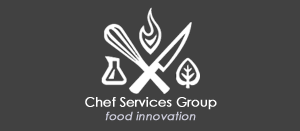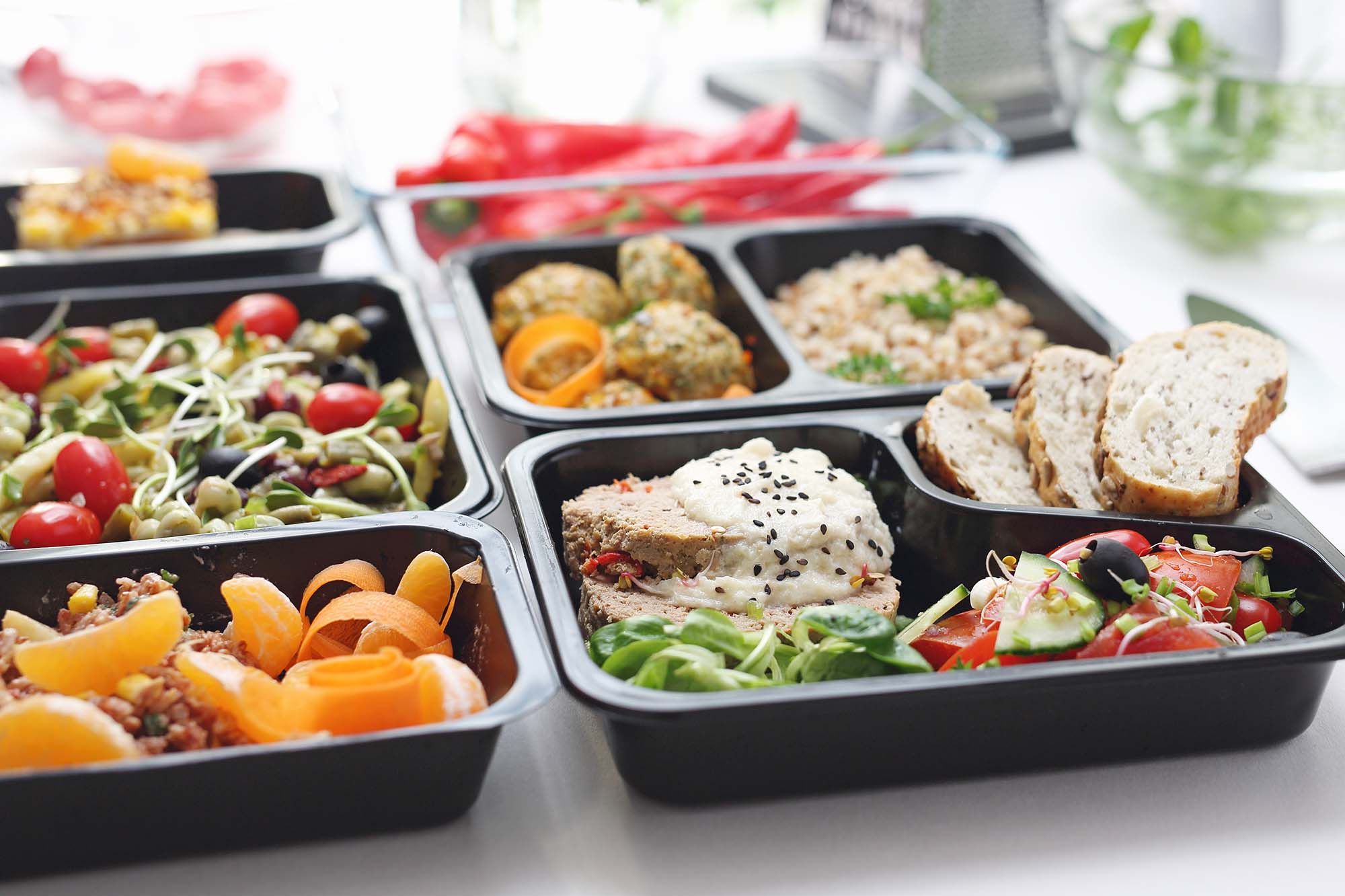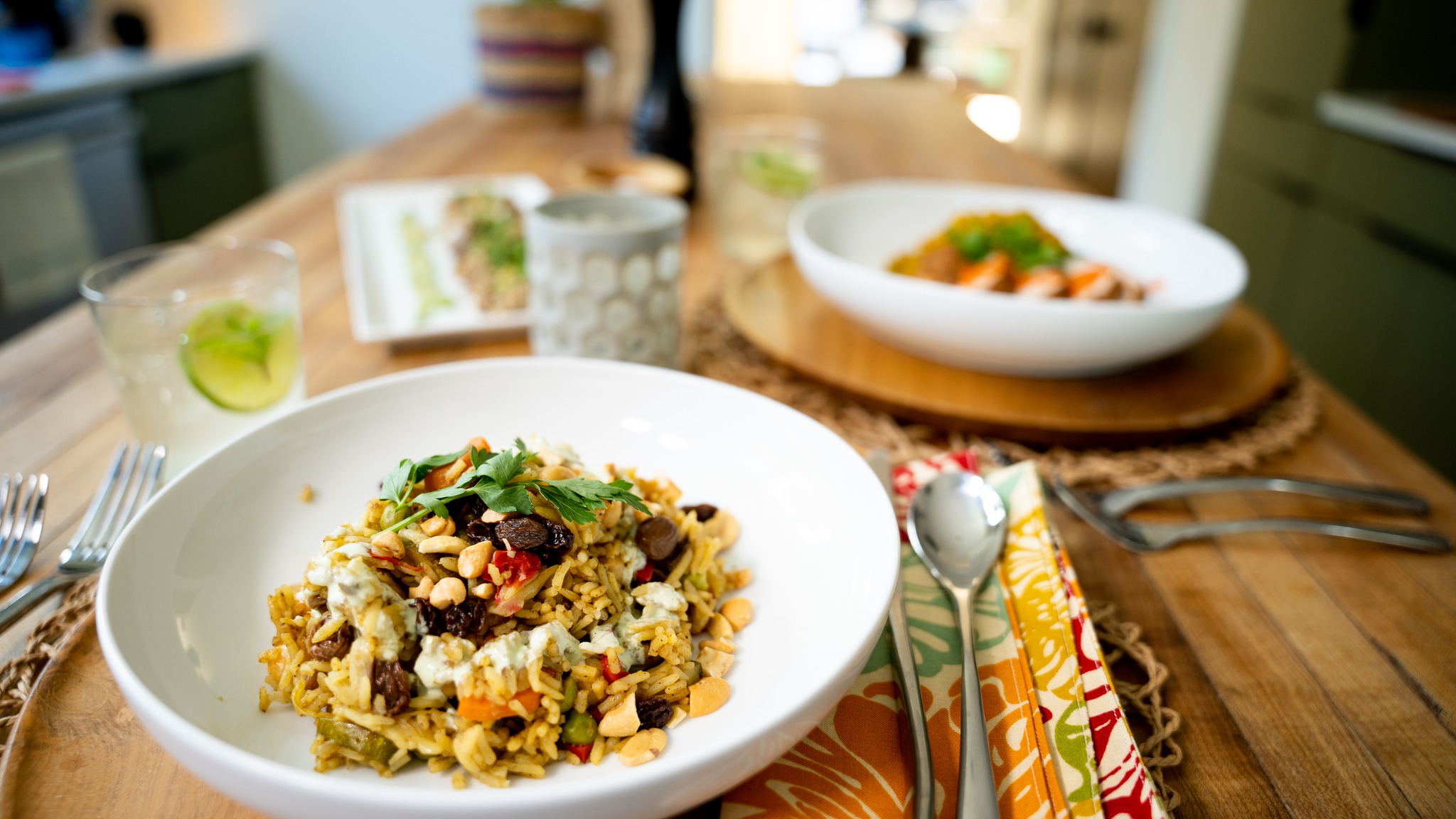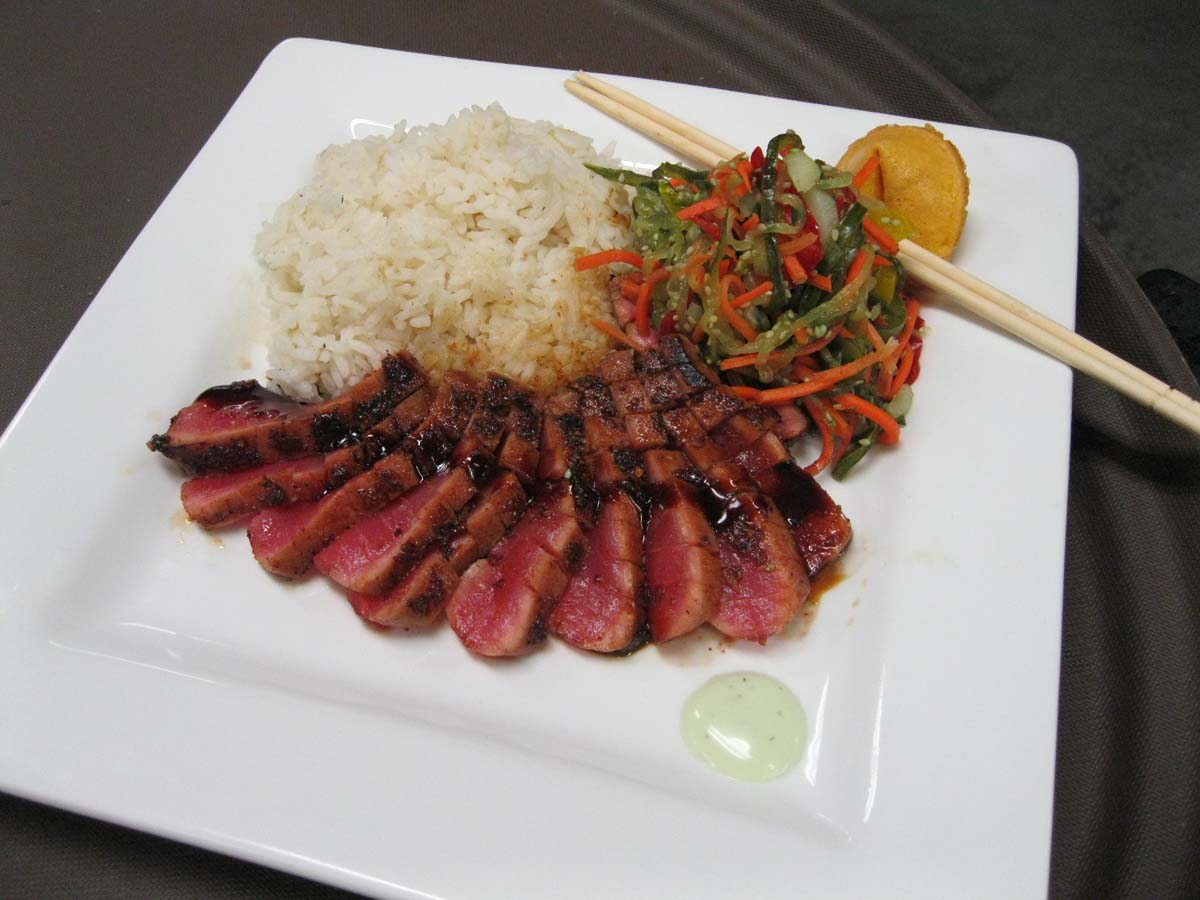Most recipes are written using volumetric standards; while formulas are written using scalable systems. Volumetric measurements are when items like cups, teaspoons, quart pitcher, spoodles etc are used to delineate an amount. The user fills the container to a line or to the top and that is considered the measured amount. Some units of volumetric measurement have scalable relations, for example a cup is 8oz. However, these relations are based on the weight of water when in these volumetric measuring devices. Certain ingredients have a lighter or heavier weight than water and therefore this relation conversion is not exact; one cup of flour does not equal one cup of heavy cream. Other factors like how compacted the container is, or if it is full, heaping, or sparse also effect the conversion and ultimately effect how the final product comes out.
To have more consistency in final product outcomes, manufacturing facilities utilize scalable formulas. Instead of having human inconsistency of packing/filling a volumetric vessel they use a scale and weigh all ingredients. The use of volumetric standards still remains in many home kitchens as well as industry kitchens but, it is being traded in for scalable formats more and more often. For example; many bake shops prefer scalable systems for consistency in their products. Chef Services Group always recommends a scalable format to all of their clients; because of its increased speed, accuracy that ultimately provide consistency of product and waste.
When working on restaurant projects doing menu development CSG utilizes scalable worksheets that allow product yield to be adjusted based on the amount of prep needed. These worksheets provide exact number amounts to a given decimal place for each ingredient needed; the employee just has to add the ingredient on the scale until the screen reads the perspective number. This way no matter which prep cook is responsible for the recipes production it will turn out the same each time.
Scalable recipes are becoming more mainstream in the kitchen due to the rise in molecular gastronomy. Thanks to innovative chefs like Chris Young and their support towards scales and their functionality in a kitchen the scale is slowly beginning to be seen as a piece of kitchen equipment instead of lab equipment. Their Video below form their video tutorial, on chefsteps, helps to embrace the reasoning behind Chef Services Group’s decision to recommend scalable formats.






